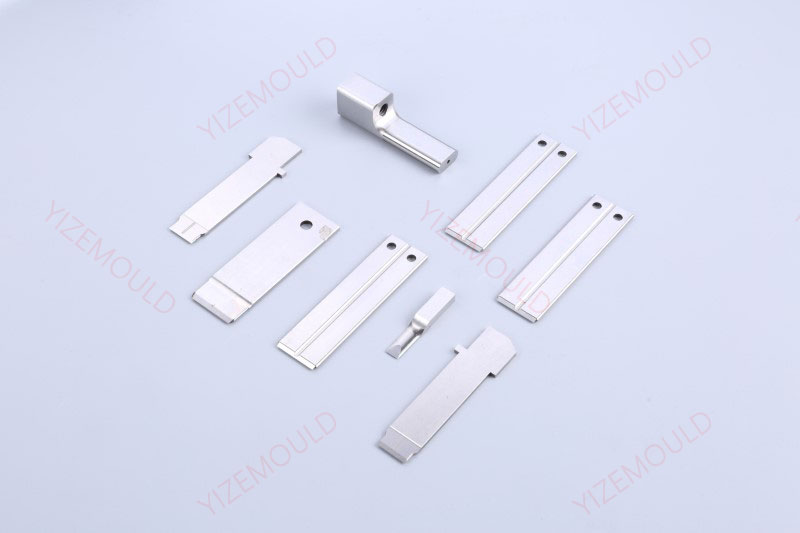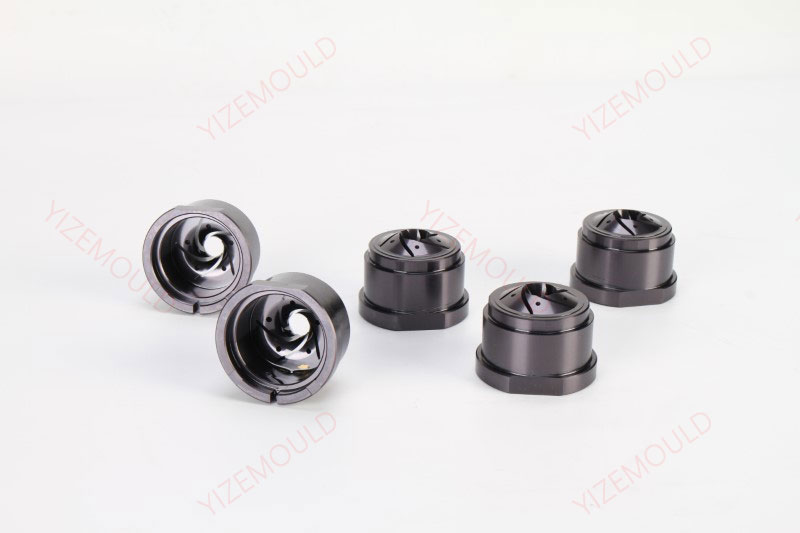What is carbide coating?
Carbide coating can be understood in two ways: one is to cover a layer of carbide on the surface of other steel materials, and the other is to cover a […]
Carbide coating can be understood in two ways: one is to cover a layer of carbide on the surface of other steel materials, and the other is to cover a layer of other compounds on the surface of carbide.
First type: covering a layer of carbide on other steel materials
Our factory business: carbide parts, mold parts, medical injection molds, precision injection molds, teflon PFA injection molding, PFA tube fittings. email: [email protected],whatsapp:+8613302615729.
- Introduction to coated carbide:
Carbide is a material with high hardness and wear resistance. It consists of a substrate and a coating. The coating is a thin film structure formed by applying specific materials to the substrate through various processes such as chemical vapor deposition, physical vapor deposition, and spraying. This improves the surface properties and extends the lifespan of the components.
- Classification and characteristics of coating materials:
Common coating materials include tungsten nitride, tungsten carbide, titanium nitride, etc. They have the following characteristics:
-
- Tungsten nitride coating:
Tungsten nitride coating exhibits excellent wear resistance and high-temperature stability, making it suitable for operating in high-temperature and high-load environments. Additionally, it possesses high hardness and cutting ability, performing exceptionally well in the processing of hard materials. - Tungsten carbide coating:
Tungsten carbide coating is a widely used material with very high hardness. It can be used for processing metals, plastics, ceramics, and other materials. It is also resistant to peeling and has a long service life. - Titanium nitride coating:
Titanium nitride coating is mainly used for cutting operations in high-temperature environments. It effectively reduces high-temperature corrosion and wear, improving cutting precision and efficiency.
- Tungsten nitride coating:
- Selection of different coating materials:
The selection of coating materials depends on the specific working environment. For example, tungsten nitride coating can be chosen for mechanical parts operating under high-temperature and high-load conditions, while tungsten carbide coating may be suitable for components undergoing high-speed cutting operations.
Coated carbide offers advantages such as high hardness, excellent wear resistance, and extended lifespan, thereby improving the durability and efficiency of mechanical components. By selecting different coating materials according to the working environment, better results can be achieved.

Second type: coating other compounds on the surface of carbide
Coating refers to covering the surface of carbide with a layer of wear-resistant compounds using methods such as physical deposition, chemical deposition, and plasma deposition. These compounds can be metallic or non-metallic.
By coating the surface of carbide with single or multiple layers of carbides, nitrides, oxides, and other carbide compounds, the performance and lifespan of carbide tools can be significantly improved. Coated carbide provides advantages such as high room-temperature and high-temperature hardness, good oxidation resistance, wear resistance, low friction coefficient between the tool and workpiece, low surface roughness of the machined part, and long tool lifespan.

The advantages of coated carbide are as follows:
- The coating has high hardness (TiC-2800HV30, TiN-2100HV30) and excellent wear resistance, reducing wear on the front cutting edge and the back surface of the tool, thus improving tool durability.
- Coated blades have 25%-30% higher cutting speeds compared to uncoated blades. Under the same cutting speed, the blade lifespan can be extended by 1-3 times.
- It reduces chip adhesion and the formation of built-up edges.
- The friction coefficient between the blade and the workpiece is low, reducing cutting forces by 10%-15%.
- The same coated blade can be used for both finishing and semi-finishing operations, replacing two different grades of uncoated blades.
Diamond-like carbon (DLC) coating, also known as diamond-like carbon coating, can also be applied to the surface of carbide. It has high hardness (>HV1500) and low dry friction coefficient (0.05-0.1). It is a self-lubricating coating without the need for oil. With a thickness of up to 0.55 μm, DLC coating does not cause size-related issues and employs the latest technology to provide good lubrication and heat dissipation (dry operation). This can increase the lifespan of the workpiece by 10-50 times and improve work efficiency by 600%, thereby reducing production costs.
Typically, when used as die parts, the surface of carbide does not require coating unless it serves a specific purpose.
Related Posts
- Unveiling the Key Factors Affecting the Lifespan of Tungsten Carbide Bushings
- Tungsten Carbide Punch Maintenance Tips: The Essential Guide to Extending Lifespan
- Comprehensive Analysis of Tungsten Carbide Machining Advantages
- Key Considerations for Using Tungsten Carbide Parts: What You Need to Know!






